
All our motor insurance products
If something happens to your vehicle, you'll need to know you can get back on the road. Whether you drive a classic car, an electric vehicle or a campervan, choose the cover that suits you – and enhance it with our optional add-ons.

Aviva Signature car insurance
Get a quote for Aviva Signature car insurance in minutes!

Aviva Signature multi car insurance
Save 10% for every additional vehicle you add – up to 5 cars registered at the same address. Discount doesn’t apply to optional add-ons or in addition to any existing multi product discount. Excludes Aviva Online, Aviva Premium and Aviva Zero car insurance products. Minimum premium applies.
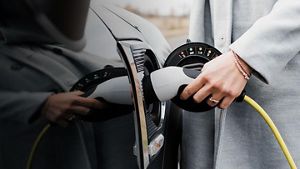
Aviva Signature electric car insurance
Cover for your electric and hybrid vehicles.

Quotemehappy Connect Car Insurance
We’d like to introduce Quotemehappy, another member of the Aviva family, which offers a different car insurance option that you manage online. If you’re aged 17-29, you could pay less with our connected motor policy, Quotemehappy Connect where an app monitors your driving and gives you a personalised renewal price and regular rewards – simply for driving safely. However, your policy may be cancelled if you regularly drive unsafely.

Aviva Signature van insurance
Our UK team are available 24/7, 365 days a year if you need to make a new claim.
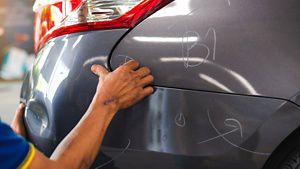
Third Party, Fire and Theft
Don’t need comprehensive cover? Third Party, Fire and Theft Cover is available but won't cover damage to your own vehicle if you're involved in an accident.
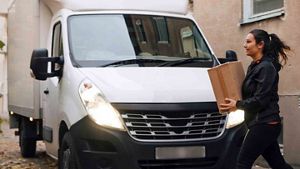
Aviva Signature business vehicle and van insurance
For sole traders and companies with vehicles you use for work.
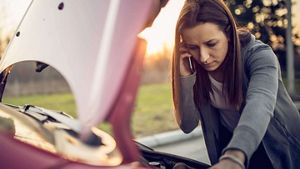
Aviva Signature breakdown cover
Whether you're on the driveway or the open road, we're here to help with our range of breakdown cover options. Aviva Signature breakdown cover is not available if you live in Northern Ireland.
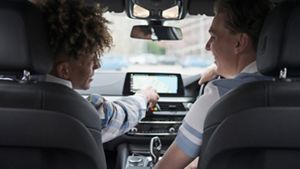
Temporary Car Insurance
Get flexible car cover from one to 28 days, for day trips, weekends away, test drives and more.

Learner Driver Insurance
Learning to drive? Get practising on the road with flexible car insurance that lasts from two hours to one day. You will need a suitable supervising driver with you.
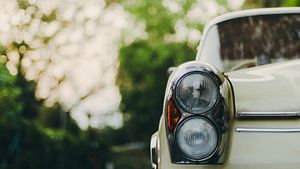
Classic Car Insurance
Discover how our expert cover can help protect your vintage, veteran and very special classic car.

Motorhome and Campervan Insurance
See how our specialist campervan cover can protect you and your motorhome on long trips, road trips and more.

Aviva Signature Car insurance
Knowledge centre
Get under the bonnet of car insurance and zoom through our reading list of articles in your own time.
Tune in, opt in and plug in to electric cars
From buying guides to battery basics, our articles can help you find out more about electric vehicles.
